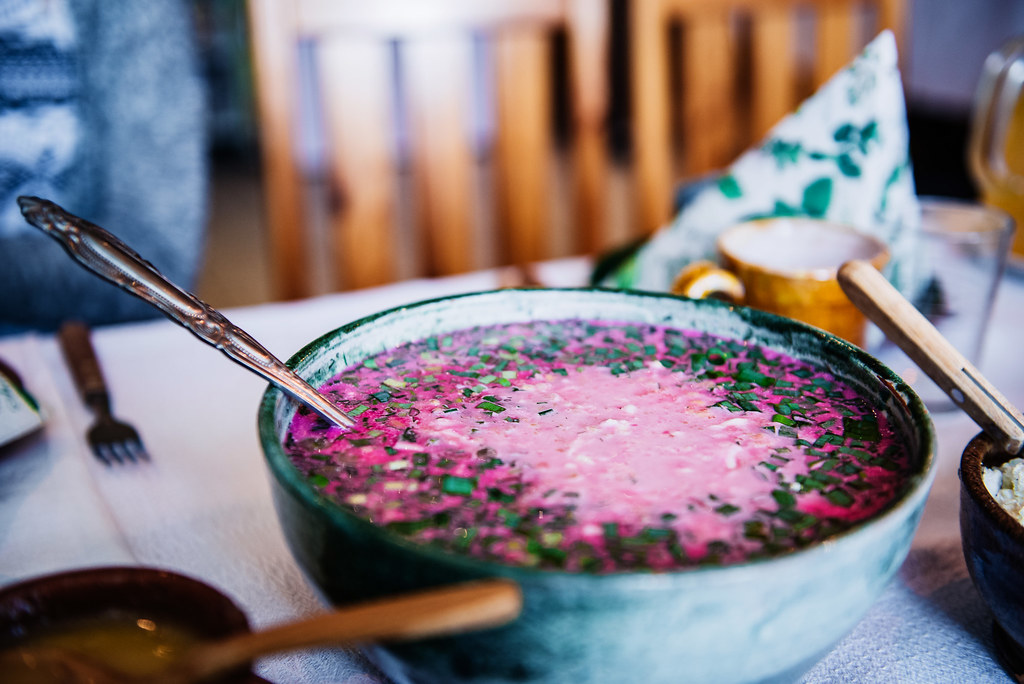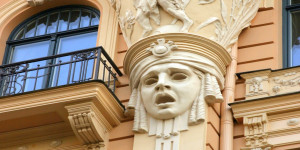
Latvian Сuisine - Definitely Worth a Taste
Latvian cuisine is a reflection of the country's history, geography, and cultural influences. Located on the eastern coast of the Baltic Sea, Latvia is known for its rich soil, forests, and fishing grounds, which have provided the basis for many traditional dishes. Latvian cuisine is characterized by its simplicity, hearty portions, and use of local ingredients.
One of the most popular Latvian dishes is gray peas with bacon, or pelēkie zirņi ar speķi in Latvian. This dish is made by boiling dried peas with onions and serving them with crispy bacon and sour cream. It is a staple dish in many Latvian households and is often served at celebrations and festivals.
Another traditional Latvian dish is potato pancakes, or kartupeļu pankūkas. These pancakes are made with grated potatoes, eggs, and flour, and are fried until crispy on the outside and tender on the inside. They are often served with sour cream or lingonberry jam.
Latvians are also known for their love of dairy products, including sour cream, cheese, and buttermilk. One popular Latvian cheese is Jāņu siers, or "John's cheese," which is made by fermenting a mixture of cow's and sheep's milk. It has a tangy flavor and a distinctive, holey texture.
Fish is also a common ingredient in Latvian cuisine, with smoked salmon, herring, and cod being popular choices. A traditional Latvian fish dish is baked cod with potatoes and onions, or cepta mecna ar kartupeliem un sīpoliem.
Latvians have a sweet tooth, and many traditional desserts are based on honey, berries, and dairy products. One popular dessert is skābā maize, or "sour bread," which is made with rye flour, sugar, and sour cream. It has a dense texture and a slightly tangy flavor.
Latvian cuisine is also influenced by the country's neighboring countries, including Russia, Germany, and Sweden. For example, Russian-style dumplings, or pelmeņi, are a popular dish in Latvia, often served with sour cream and dill. German influences can be seen in the use of sausages and smoked meats, while Swedish influences can be seen in the use of lingonberries and other berries in desserts.
In recent years, Latvian cuisine has experienced a revival, with many chefs and restaurants emphasizing the use of local, seasonal ingredients and traditional cooking techniques. The country's rich culinary heritage and unique flavors are gaining recognition both at home and abroad, making Latvian cuisine a must-try for foodies and travelers alike.






